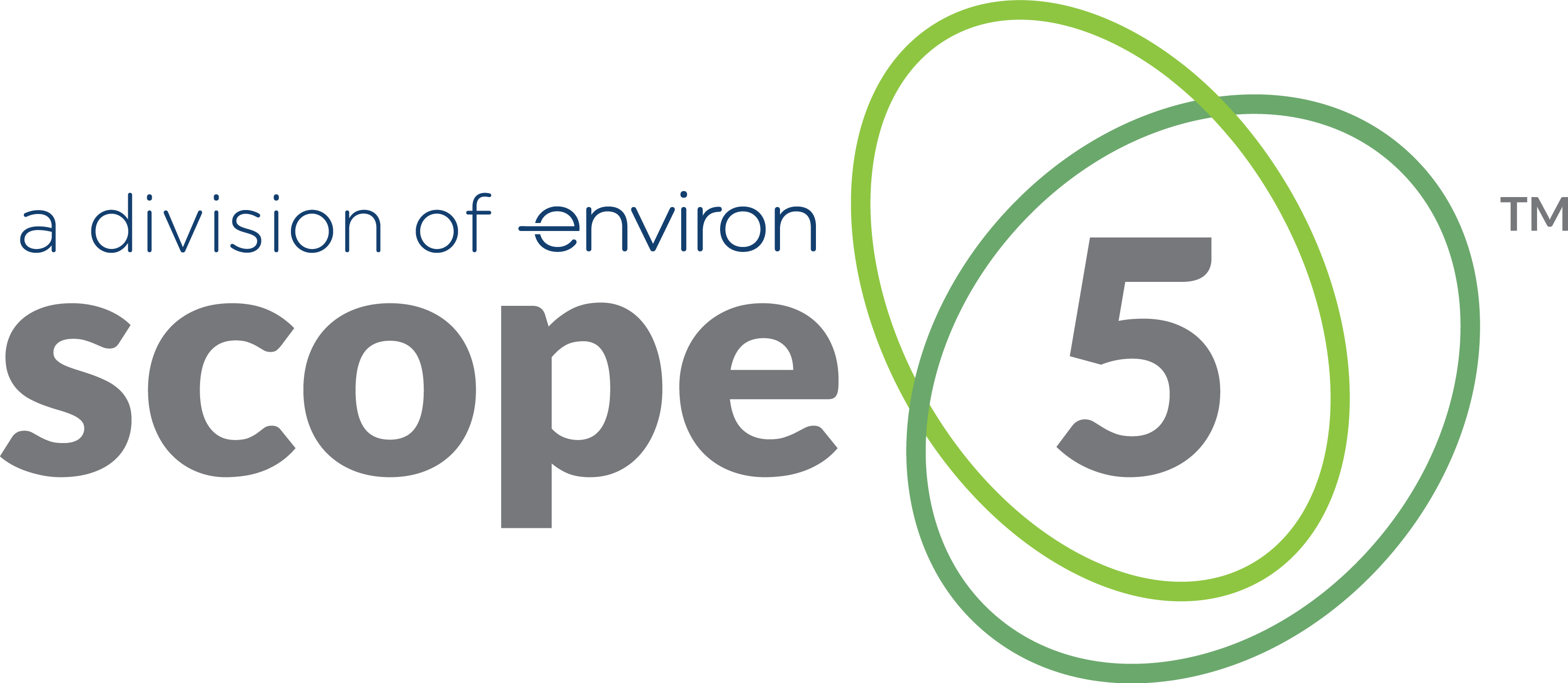We’ve been thinking about different approaches to measuring sustainability for some time now. We’ve begun to categorize the measurement approaches we see into one of two categories: horizontal vs. vertical.
The horizontal approach is organization centric. It measures total impact across an organization. The vertical approach is product centric. It looks all the way up and down a product’s supply chain and measures the total impact of the product through its lifecycle.
Both of these are valuable – the horizontal approach enables us to make statements like “Acme generated 30,000 tonnes of CO2e this month”. We can go further and look, for example, at emissions per square foot of facility area. That might help us identify outliers and discover opportunities for increased efficiency. This approach also provides just the kind of data that Acme might report to the Carbon Disclosure Project.
But the horizontal approach does not tell us the impact of a particular product.
For example, what if we wanted to know the carbon cost of a specific widget that Acme produced? The horizontal approach doesn’t immediately tell us the carbon cost that Acme incurred in producing this product, let alone the life cycle cost of producing this product.
But this is exactly what consumers want to know. And – it’s what product manufacturers want to be able to show their customers. Wouldn’t it be nice if they could slap a sticker on their product, rating it with a number so that end customers could do comparison shopping at the retail store, comparing the carbon emissions associated with Acme’s lederhosen to those associated with Schwartz Brother’s lederhosen?
This calls for the vertical approach.
The vertical approach is really difficult. There are many sophisticated life cycle analysis tools and plenty of PhD theses quantifying the lifecycle carbon emissions of a cheeseburger. But these are mostly theoretical or non-empirical. The Higg Index (from the Sustainable Apparel Coalition) is a promising and novel example of the vertical approach, but (as of v1.0) it does not actually measure emissions so much as rank products using a unitless index.
At Scope 5, we think that there’s a lot to be gained by combining the horizontal approach and the vertical approach. Consider the following hybrid approach:
1. Each participant in a product’s supply chain conducts the kind of horizontal GHG inventory that we described earlier.
2. Each participant in the supply chain works out how to allocate their overall emissions among the different widgets that they produce. This is tough – while it may not be possible to do this perfectly, it’s probably possible to get pretty close.
3. Finally – each participant in the supply chain provides an emissions per widget number to the next link down the chain. As this number moves down the chain, it represents cumulative emissions for the product.
In this manner, the appropriate impacts are tacked on at each link in the supply chain so that, in the end, the right result pops out and is available to the consumer. This would appear to be a complex but tractable problem. In a future post, we’ll dig into some of the details of how this would work.
